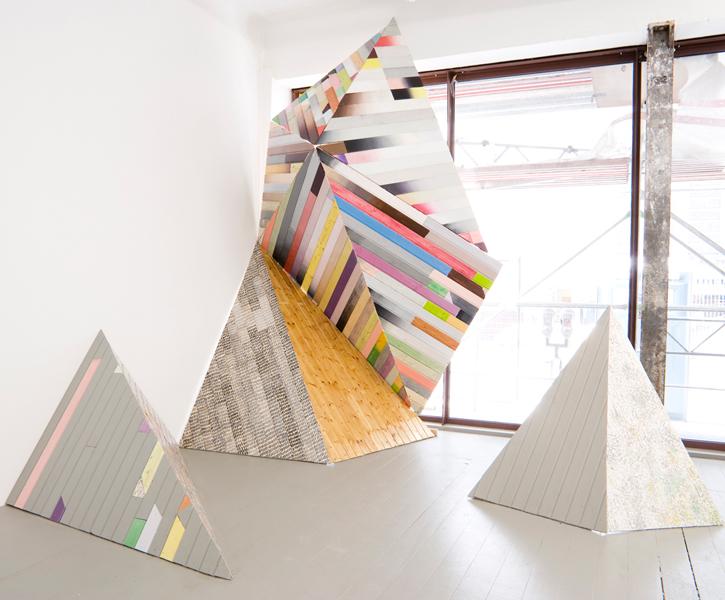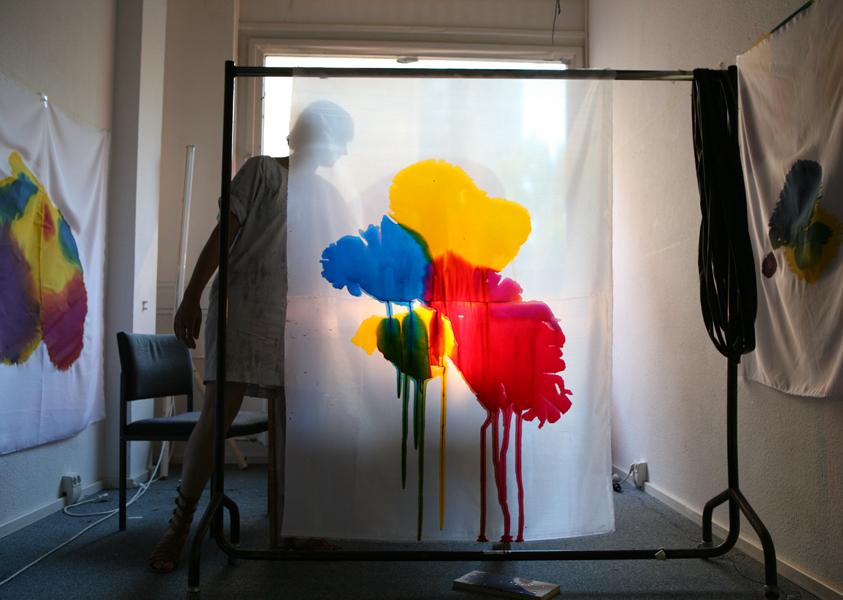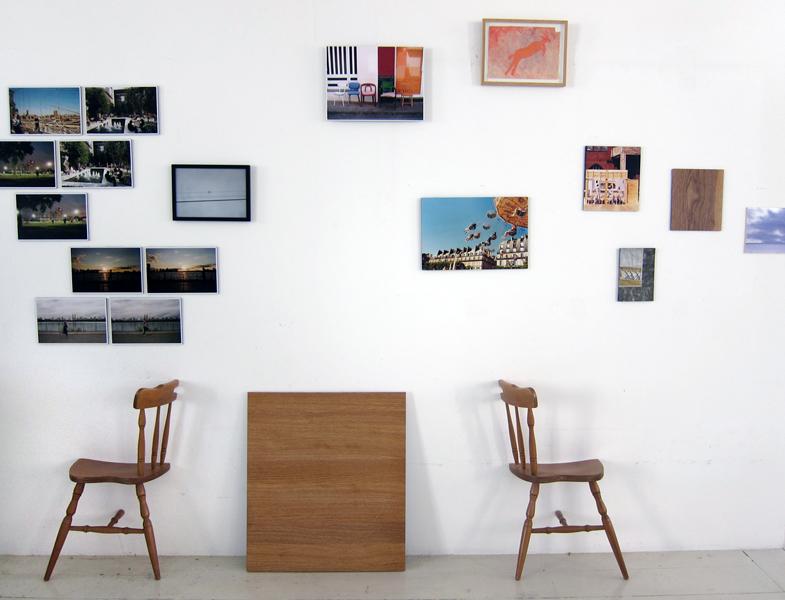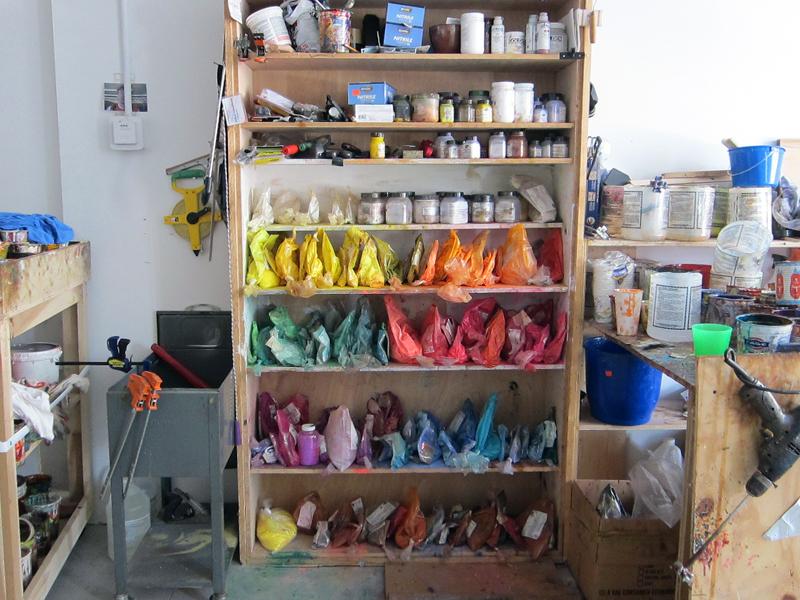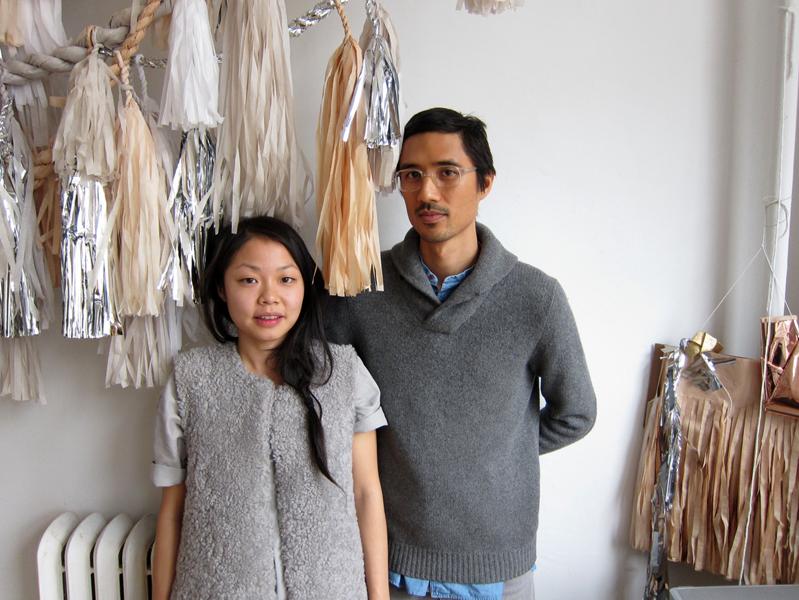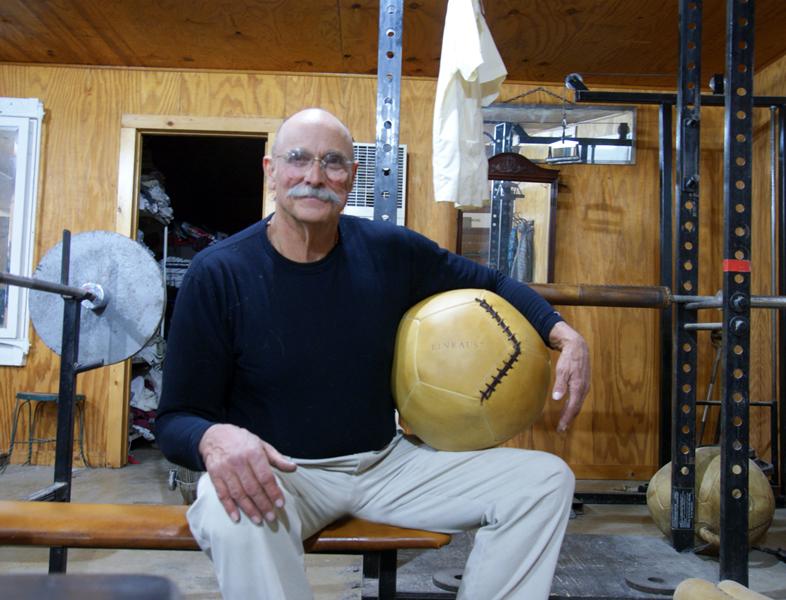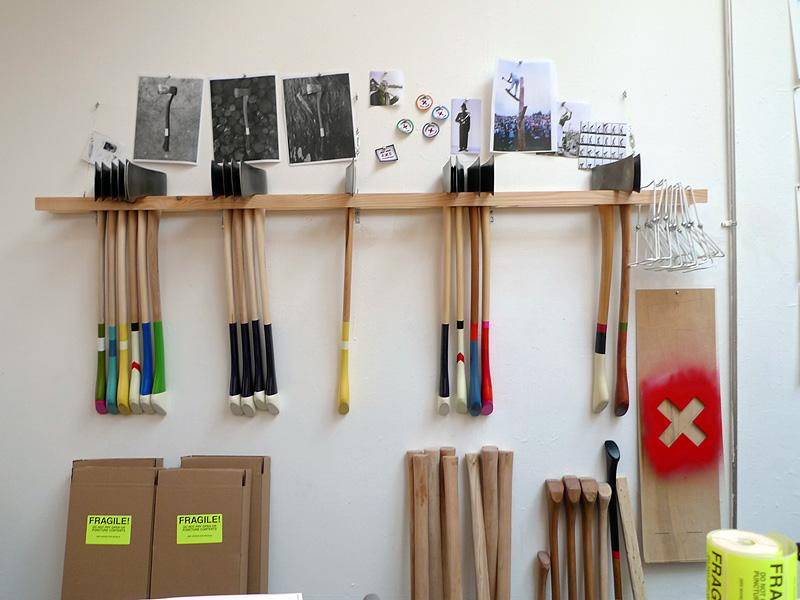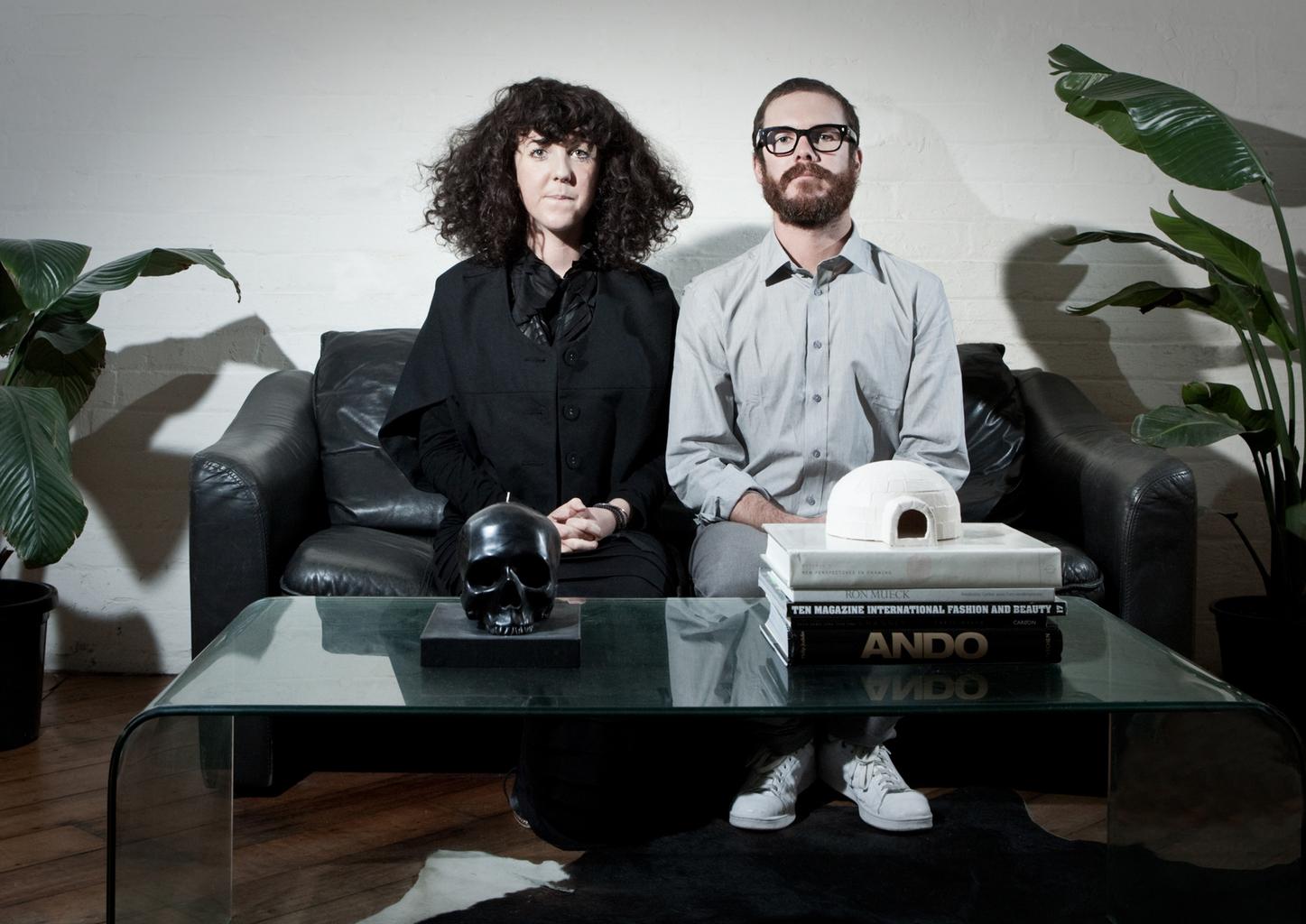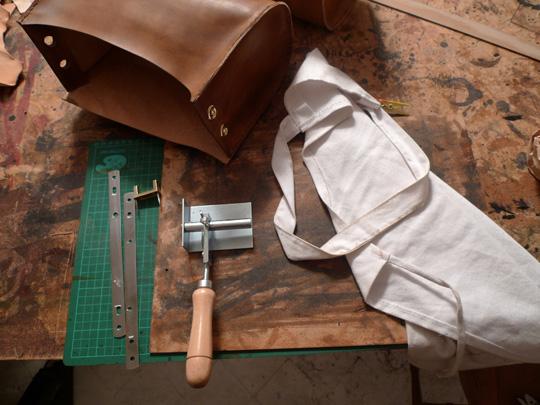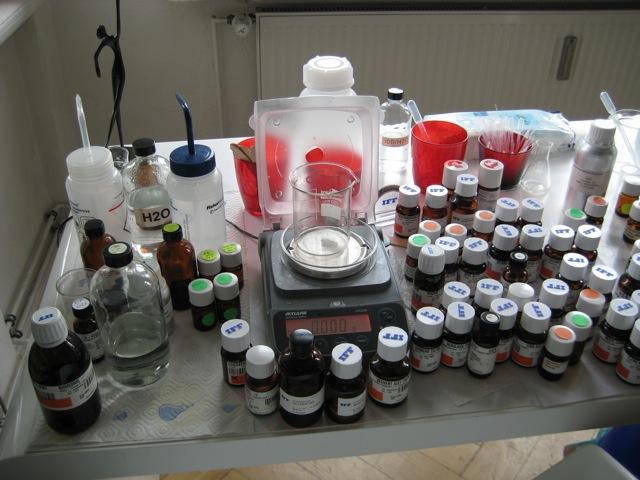
10.04.10
Studio Visit
Uhuru, Furniture Designers
If you were familiar only with Uhuru’s work, it would be enough to surmise that the Brooklyn-based furniture designers are experts at creating something beautiful from practically nothing. (The formal term for this, we’re told, is up-cycling.) In the half-decade since RISD grads Jason Horvath and Bill Hilgendorf have been designing their own line, they’ve produced chairs from Kentucky bourbon barrels, loungers from the Ipe wood planks of a demolished Coney Island boardwalk, and scrapwood stools so stylish they were recently picked to decorate the café at New York’s SANAA-designed New Museum. But while it's true Uhuru are a resourceful bunch, step into their sprawling Red Hook studio and any assumptions you might have about their bootstraps process all but disappear.
